Navigating the World of Flexible Seating!
How to provide flexible seating without creating chaos
Hello Inclusion Champions!
I hope you've had a great week in the classroom! Two weeks ago, the theme for discussion was Adaptable Classrooms, and one of the topics that came up for brief discussion was flexible seating. I received so many questions from readers following that post, that I decided to extend the series on Adapting Physical Spaces for one more week to delve a little deeper into this topic, and hopefully answer some of your questions.
Flexible seating is one of those ideas that sounds amazing in theory – ditching the rigid rows for comfy cushions and wobble stools – but can feel a bit daunting when you think about putting it into practice. I've been hearing from so many of you who are either curious about flexible seating or have already dipped your toes in, and let's be honest, it's not always a smooth transition! We've all seen those Pinterest-perfect classrooms, but what about the real-life challenges and the nitty-gritty of making it work?
In this week’s newsletter we’ll be looking into:
🦉 Classroom management,
🦉 Setting clear expectations and rules for using flexible seating, and
🦉 Flexible seating options
I hope you find some solutions to the very real challenges you are facing, and thank you to those who reached out with questions - it shows that you have persistence and resilience to make your classrooms more neuro-inclusive - you are true Inclusion Champions!
One big hurdle that keeps popping up is classroom management. The thought of giving up assigned seats can feel like opening the floodgates to chaos! One teacher I chatted to put it perfectly: "My biggest worry is losing control. Won’t they just be chatting with their friends all day?" It's a valid concern!
But here's the thing: flexible seating doesn't have to mean a free-for-all. Think of it more like setting up different zones in your classroom (please see the previous blog and newsletter on adaptive learning spaces), each with a purpose. You might have a quiet reading zone with seated cushions, a sensory zone with bean bags, a collaborative zone with taller tables and stools, a carpetted area with egg sitter cushions, an active zone with balance balls and even some traditional desks and chairs for those students who prefer them.
And the key to managing it all? Clear expectations and rules! One teacher shared that they started the year with assigned "home base" seats and gradually introduced flexible options, teaching the rules for each new type of seating. They even had students help create the rules, which gave them a real sense of ownership. For example, for ball chairs, the rule might be "feet on the floor, no bouncing during instruction". Visual reminders and regular reviews are super helpful too.
Some ideas to help you develop clear guidelines for the use of flexible seating in your classroom:
Establish explicit rules and expectations for using seating options.
Explicitly teach students how to use each piece of furniture properly.
Encourage students to choose seating where they can learn best.
Implement systems like sign-out procedures or rotation strategies.
Another challenge is the sheer variety of seating options. Where do you even start? One tip I found really useful was to start small. Maybe add one or two different types of seating to your existing setup and see how it goes. You don't need to overhaul your entire classroom overnight! Plus, involving your students in the decision-making process can be a game-changer. Ask them what they think would help them focus and learn best.
Flexible seating can be a fantastic way to support students with different sensory needs and learning styles. Options like wobble cushions, standing desks, or even just the ability to sit on the floor can make a huge difference for students who struggle with traditional seating.

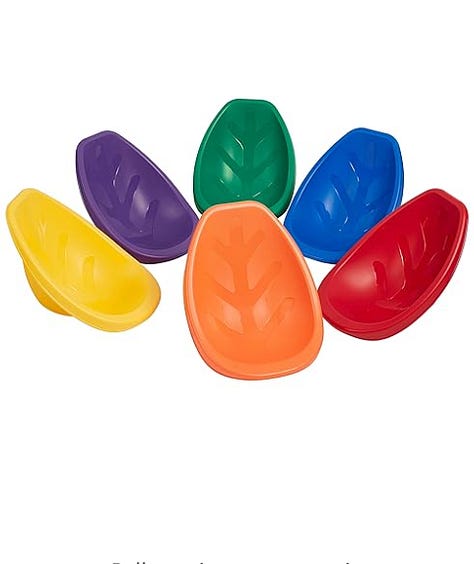
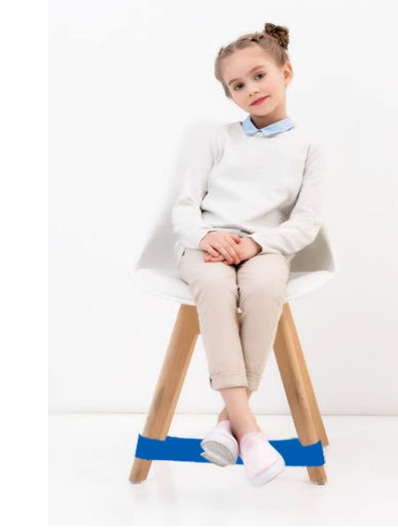

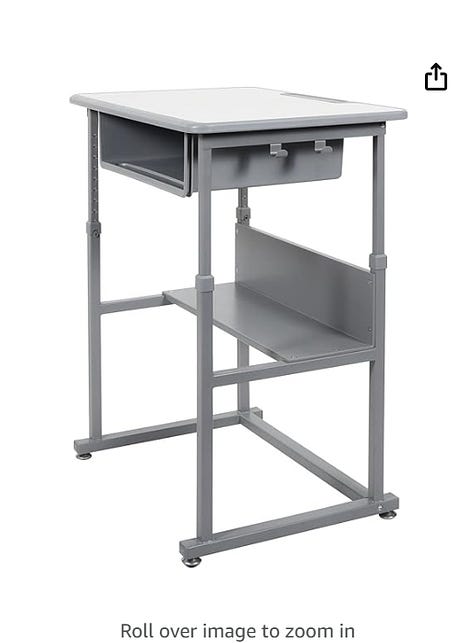

One teacher I heard from uses a clever rotation system to ensure everyone gets a chance to try out the different seating options. Another uses a simple rule: "Teacher's choice – I can move anyone at any time" to address any seating choices that aren't working.
It's all about finding what works for your students and your teaching style. Don't be afraid to experiment, get feedback from your students, and adjust as you go. Remember, it's about creating a comfortable and engaging learning environment where everyone can thrive.
For the past five weeks, we have done a deep dive into the topic of Adjustments to the Physical Spaces under the themes: Sensory-Friendly Classrooms, Visual Supports, Adaptable Learning Spaces, Flexible Seating, and Designated Quiet Zones. This topic was aimed at helping teachers create neuro-inclusive learning spaces. Next week, we start delving into a new topic: Adjusting Teaching Methods. In this five-week series of blogs and posts we will do a deep dive into Task Modification, Differentiation, Flexible Work Arrangements, Adaptive Teaching, and Universal Design for Learning (UDL). I am sure we will be interacting a lot on these themes.
In the meantime, I'd love to hear your stories – what challenges have you faced with flexible seating, and what solutions have you found? Share your experiences in the comments below!
Have a wonderful weekend, and happy teaching!
Best wishes,
Penny



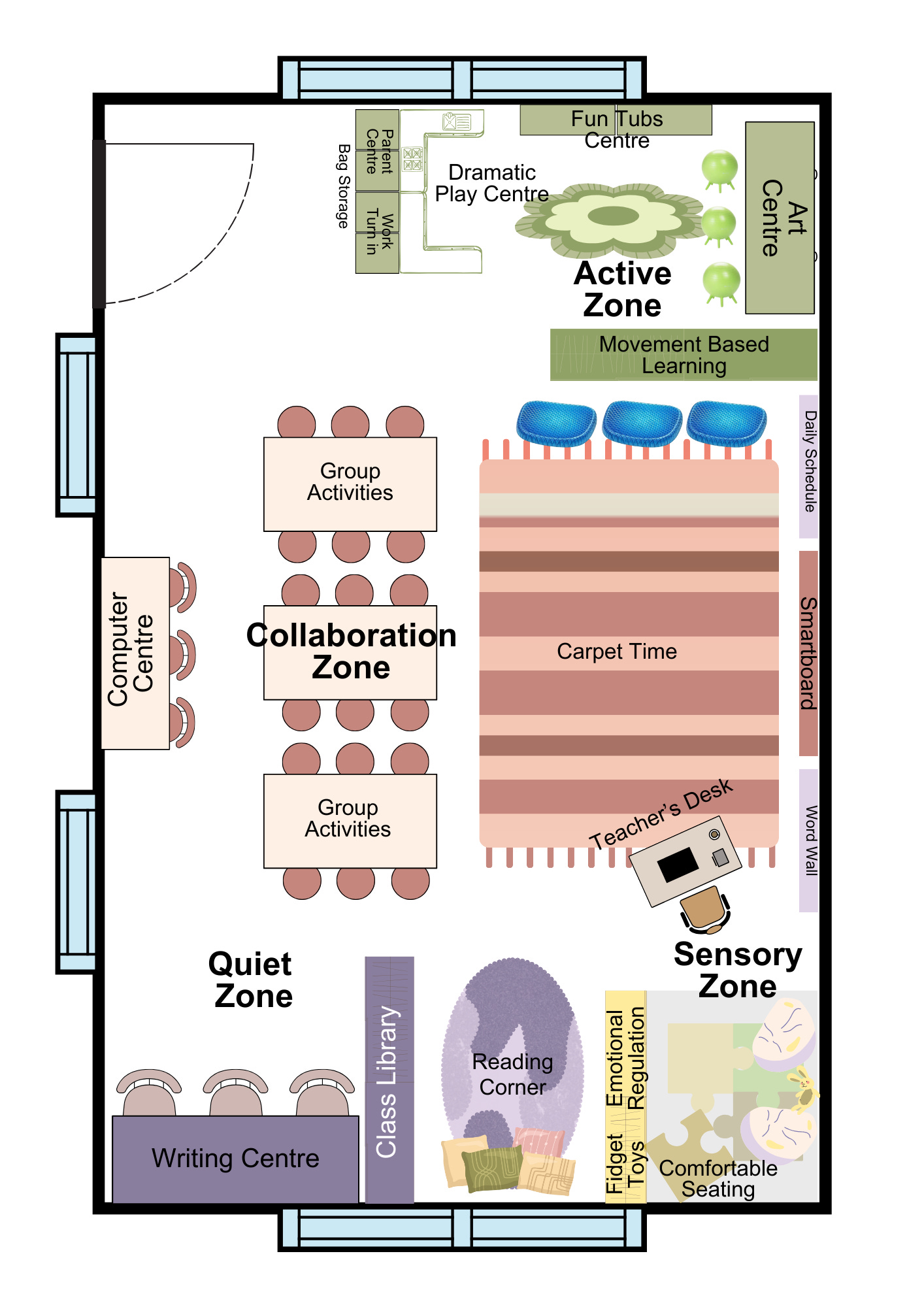
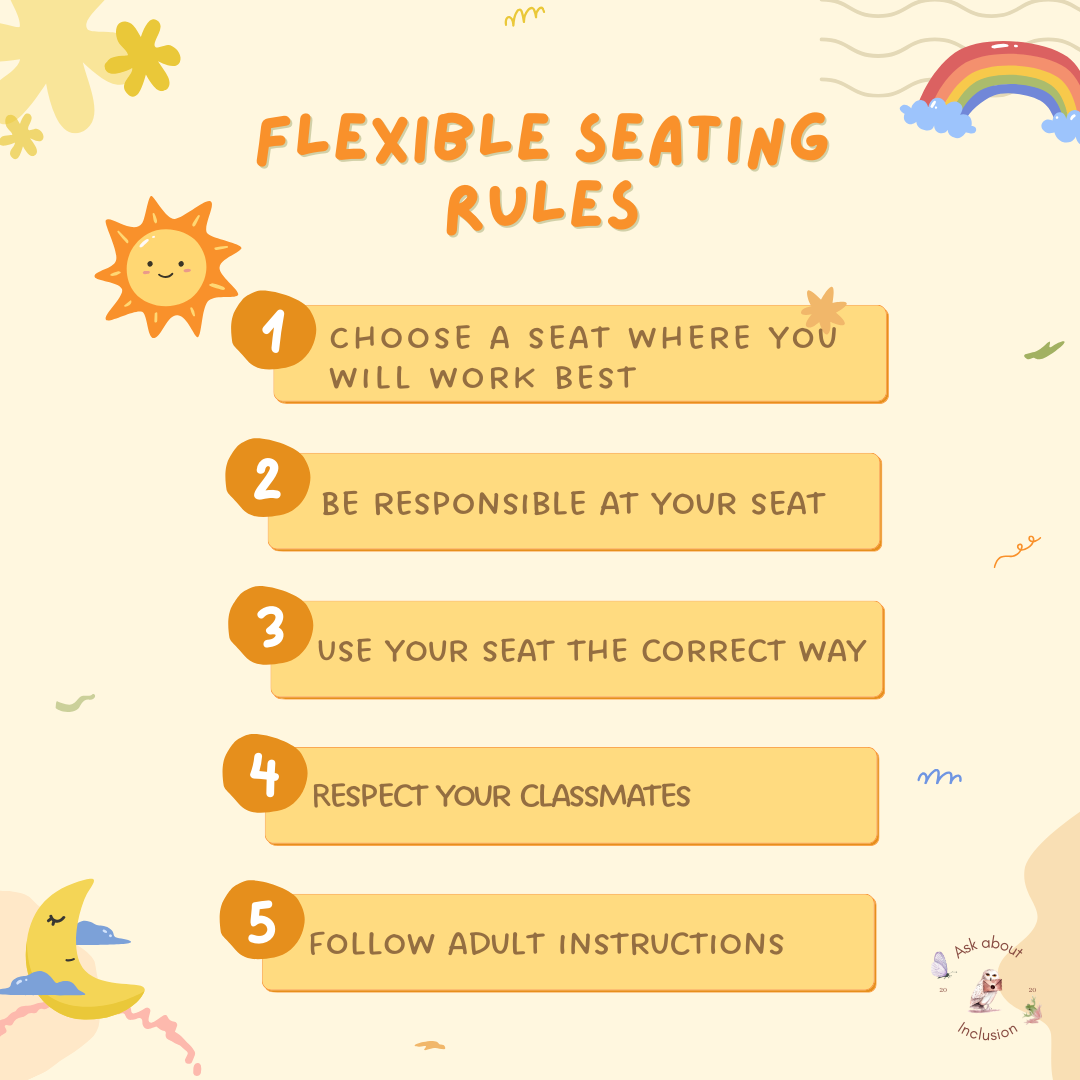
Penny I loved this article